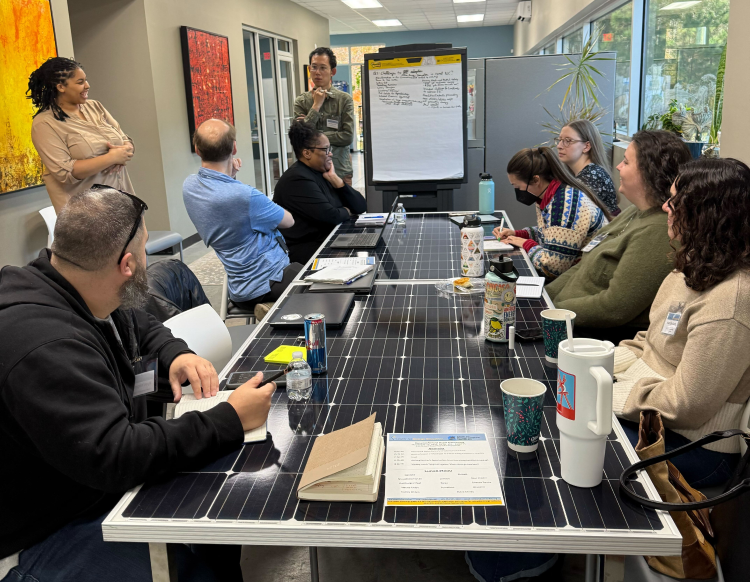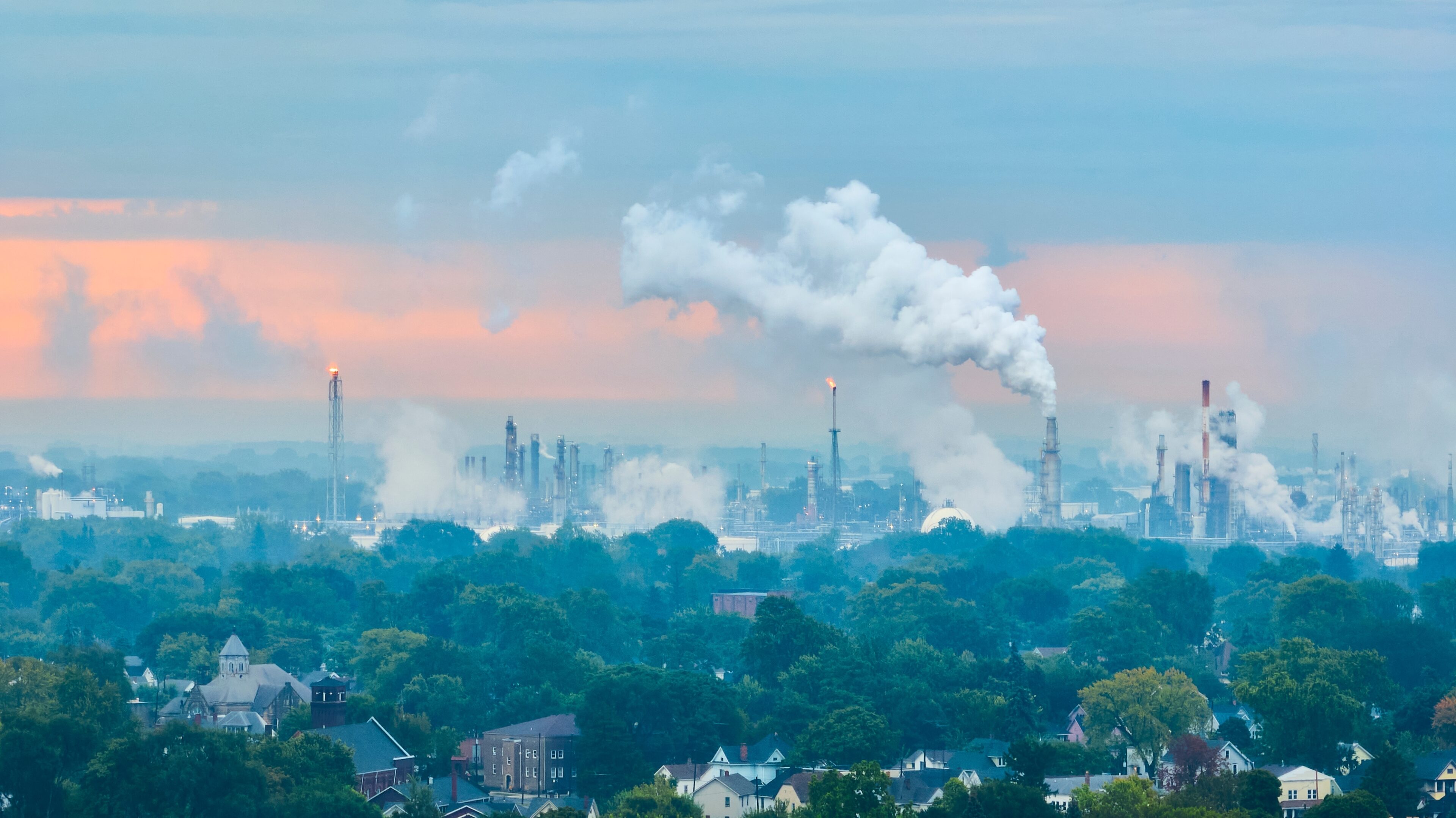Showing 265 results

Sophie Loeb | December 2, 2025
On November 13, 20 folks attended the second annual rural clean energy convening in Roanoke Rapids, North Carolina, co-sponsored by the Center for Progressive Reform and the Center for Energy Education. Attendees included academics, energy policy advocates, small-scale developers, technical experts, and government representatives. We built off last year’s convening, addressing the new North Carolina policy landscape and context given the repeal of federal funding, the state’s proposed unfavorable carbon plan, and rising energy burden in communities.

Bryan Dunning, Christopher Stix | October 14, 2025
In the past year, Maryland residents have seen their heating bills skyrocket, which has largely been tied to increased costs of methane gas distribution. These costs are expected to worsen as increased spending on the distribution system must be repaid over the next several decades. At the same time, greenhouse gas emissions from burning fossil fuels in the home contribute substantially to climate change, and pollution from fossil fuel heating also has a substantial impact on residents’ health. In a new report published today, we explore policies designed to tackle these challenges and provide analysis and recommendations on how to make the transition to updated heating technologies and building electrification more equitable and effective for low-income Marylanders.

Catalina Gonzalez, James Goodwin | August 26, 2025
Last week, the Environmental Protection Agency (EPA) hosted four days’ worth of hearings to gather public testimony on its proposal to rescind the 2009 endangerment finding and the suite of existing greenhouse gas (GHG standards for cars and trucks that the finding supplies the legal justification for. The vast majority of the participants testified in strong opposition to the proposal, and included a broad cross-section of our society: faith leaders; a high school student; community organizers; and concerned grandparents.

Daniel Farber | July 21, 2025
President Donald Trump is on a rampage. He has big plans for a mass repeal of existing regulations, he’s trying to use emergency declarations to short-circuit normal environmental protections, and he’s savaging environmental agencies. He’s also at war with the rule of law, dodging court orders, ignoring statutes, and punishing lawyers and law firms that have dared to challenge him. In area after area, Trump has tried to sweep aside legal constraints. Part of the point of Trump’s “shock and awe” campaign has been to overwhelm the ability of opponents and the courts to keep up with his legally questionable actions. Trump’s attack on the bureaucracy is also an attack on the rule of law because one of the key functions of bureaucrats is to ensure that the government follows the rules.

Daniel Farber | July 8, 2025
In one of President Donald Trump’s first executive orders, he eliminated a centralized system that Jimmy Carter initially set up to issue regulations governing environmental impact statements. Instead, he called on each agency to issue its own regulations, which seems to have caused the predictable amount of confusion. I’ve examined the new regulations from three agencies: the Department of Defense (DOD), the Department of Energy (DOE), and the Department of Transportation (DOT), which happened to be the first ones that I saw. There seems to be little rhyme or reason in the variations.

Catalina Gonzalez | July 1, 2025
At the center of the Republican reconciliation bill that the U.S. Senate just sent back to the House is a renewal of President Donald Trump’s 2017 Tax Cuts and Jobs Act that was originally set to expire at the end of this fiscal year. Republicans have been working graveyard shifts to force a vote before the July 4th holiday to lock in even bigger tax breaks for the wealthiest five percent of Americans for the next 10 years. To pay for this, as well as increases in immigration enforcement operations, congressional Republicans are proposing an historic $1.7 trillion in cuts to healthcare, food assistance, and clean energy jobs.

Bryan Dunning, Federico Holm | June 23, 2025
In a recent post, we highlighted how the Trump administration's executive orders (EOs) boosting the coal industry will likely not accomplish their hopes for “revival,” as the basic economics of coal generation cannot be modified by executive order, despite Trump’s or Lee Zeldin’s desires. What these policies will achieve, ultimately, is releasing coal-fired power plant operators from any obligation not to harm the communities where they operate.

Minor Sinclair | June 18, 2025
Five years ago, our board of directors instituted term limits for its members. This was a major decision for a 22-year-old organization that relied on the ongoing commitment of its five founders, all professors of law. Board members have stepped down while others have joined, and the process of renewal and transition has been healthy for the organization. In this context, we’re thrilled to announce the election of four new members to our growing board of directors — two Member Scholars and two independent members. Through each of their commitments to justice, solidarity, and democracy, they embody the deepest values of our organization.

Catalina Gonzalez | June 16, 2025
However dispiriting the federal pullback of critical climate funding currently feels, it’s essential to play the long game and continue to develop effective strategies for an ongoing clean energy transition.